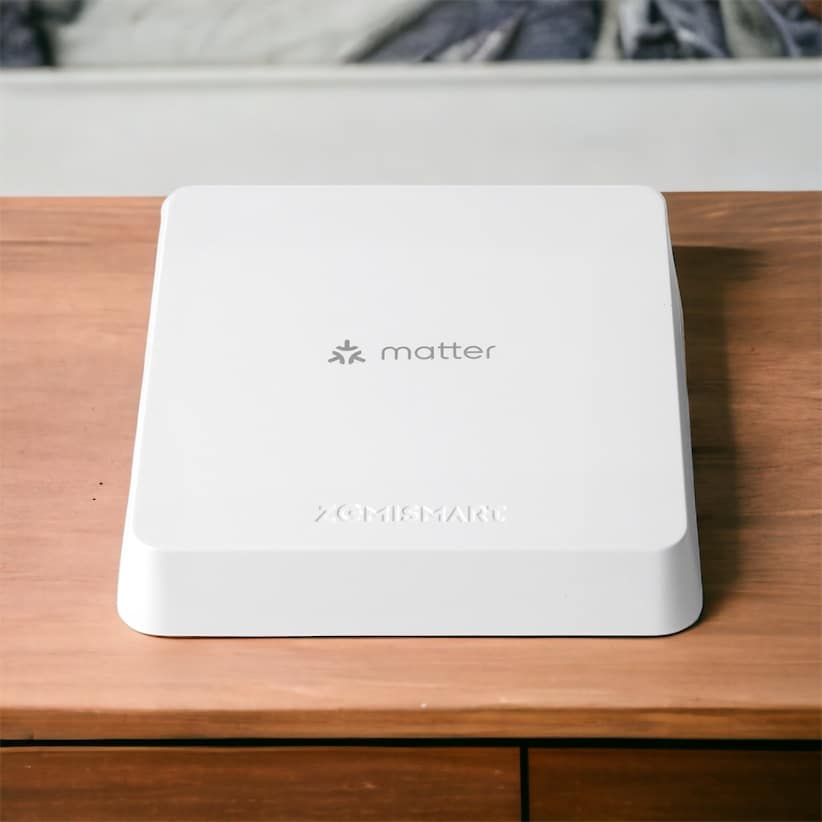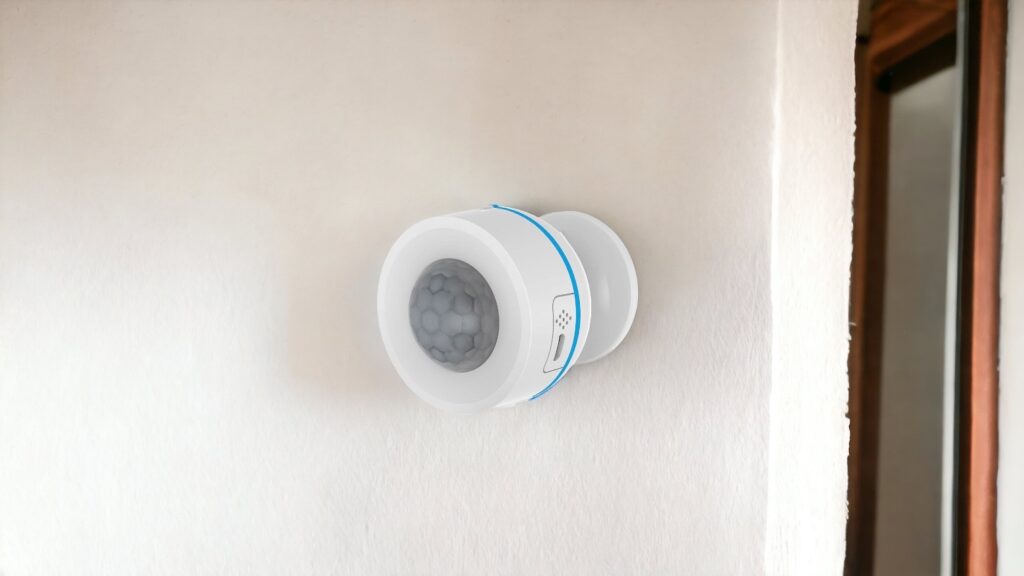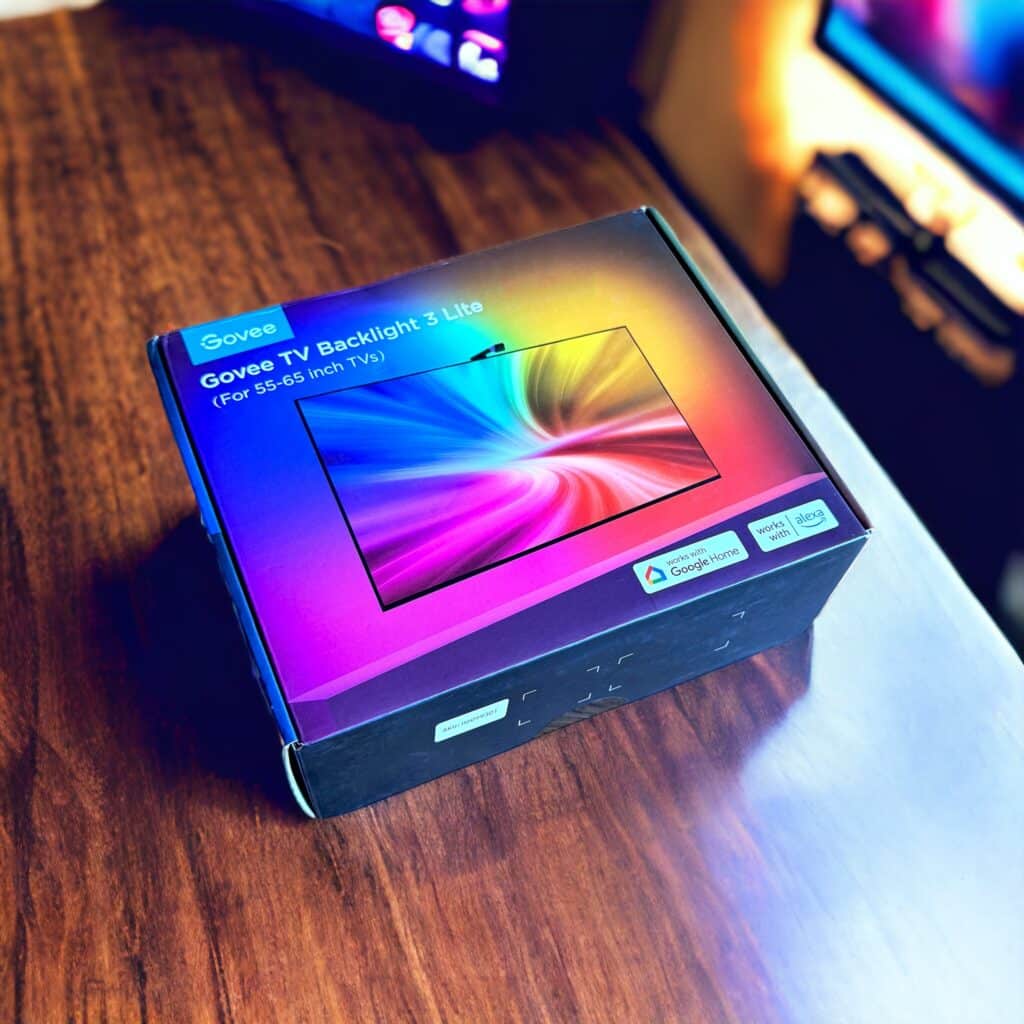With the upcoming software version 16.5, Apple could switch from Thread 1.2 to version 1.3, which the Thread Group already introduced last summer. A code snippet found in the beta of tvOS 16.5 gives hope.
In less than a month, this year’s WWDC will take place, where Apple will unveil the next major operating system versions. But before the release of iOS 17 in the fall, we will at least install iOS 16.5 on our devices. With this, Apple could make the switch to Thread 1.3.
The new version brings significant advantages. Among other things, the standard enables seamless communication between Matter, devices Thread Border Router can then also be reached via IP, and firmware updates can be installed automatically on all Thread devices simultaneously. The Thread Group describes the new features of version 1.3 as follows:
- Seamless response across Matter devices: Thread 1.3.0 enables Matter devices to join users’ IP-based networks while enabling low power, long-range use cases. Matter end devices can use any certified Thread Border Router and work with all smart devices, making it easy for them to be added to a network, and allowing them to easily be joined to existing networks.
- Seamless integration into existing network infrastructure: Thread Border Routers make it simple for Thread devices to be discovered and communicate with devices outside the Thread network because they appear like any other Wi-Fi device on the network. They can be reached via IP and can discover services using mDNS. Like Wi-Fi access points, Thread Border Routers are unique as they can be built into existing devices from any company minimizing the need for additional dedicated hardware.
- Simplified in-field firmware updates: Makes it possible to quickly and automatically update firmware on Thread devices without impacting responsiveness of controls or timeliness of event delivery. Upgrading an installed device can be cumbersome; Thread 1.3 allows simultaneous firmware updates to all your Thread devices at the same time without sacrificing network performance.










Leave a Reply